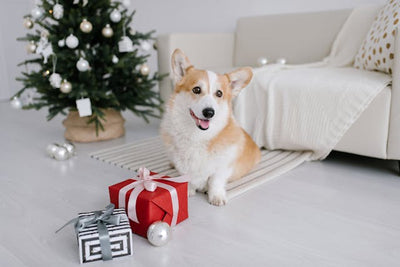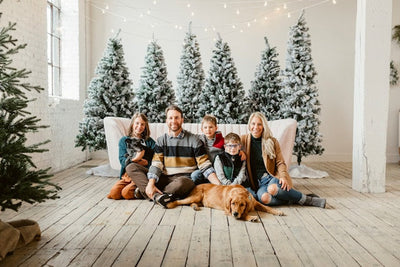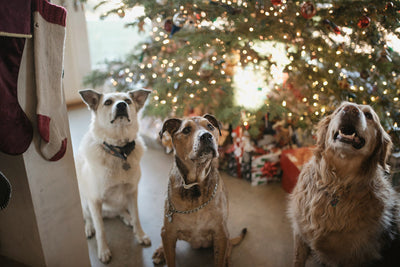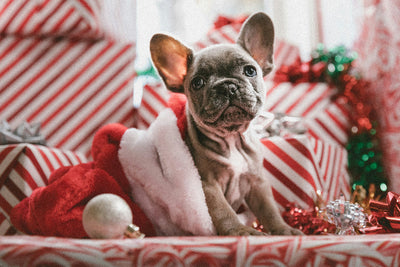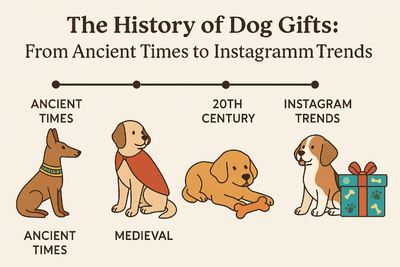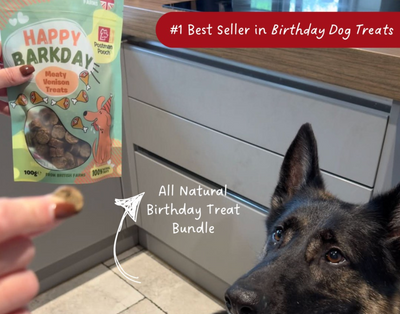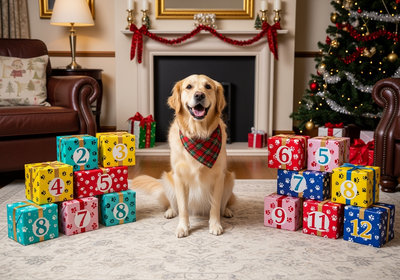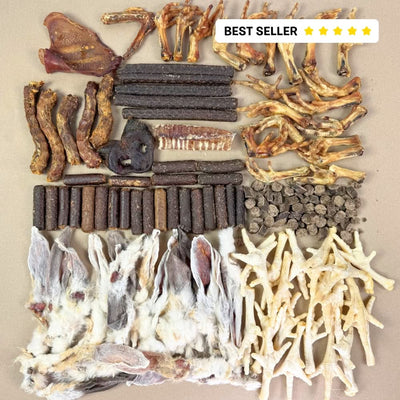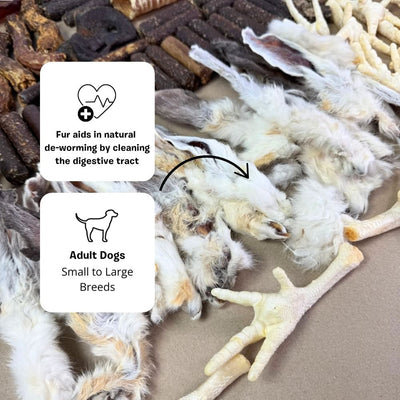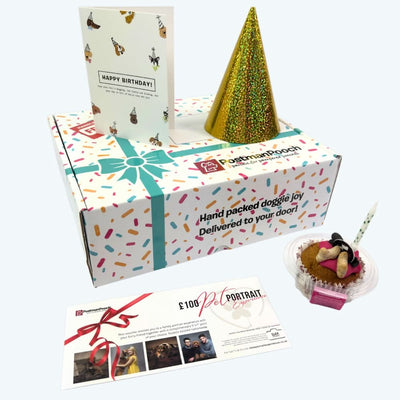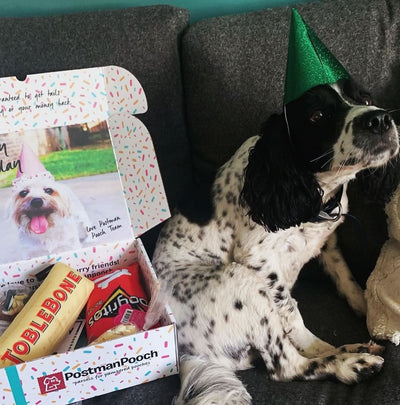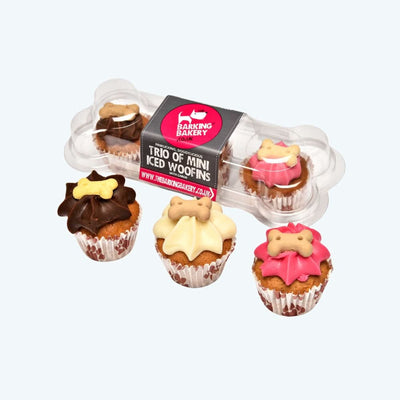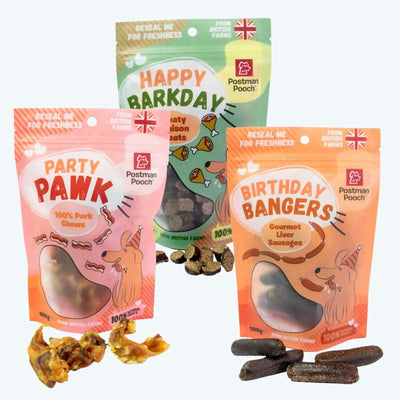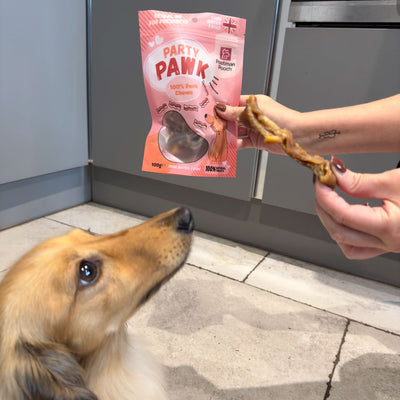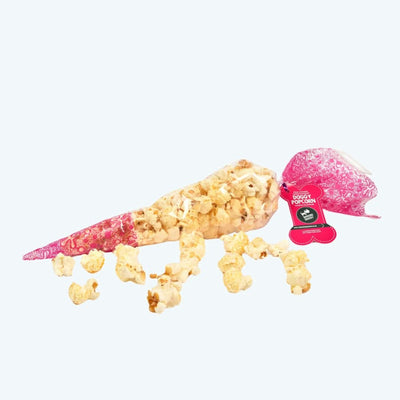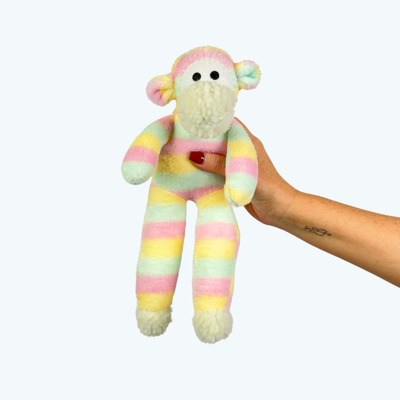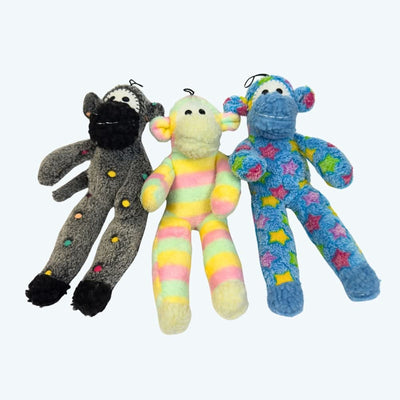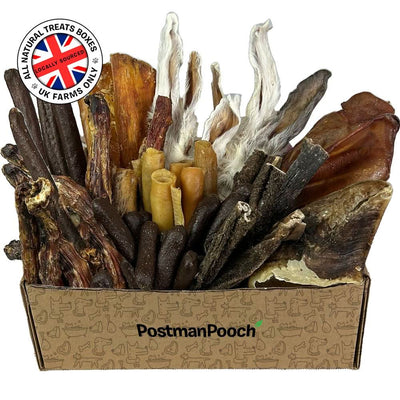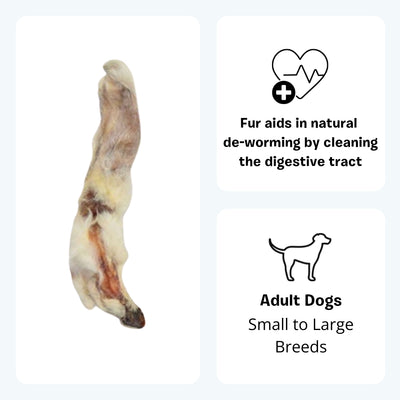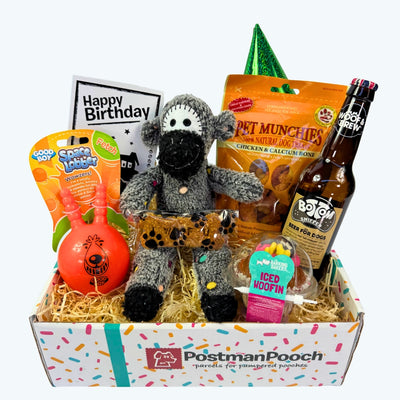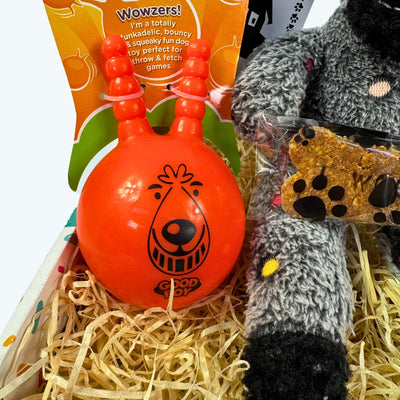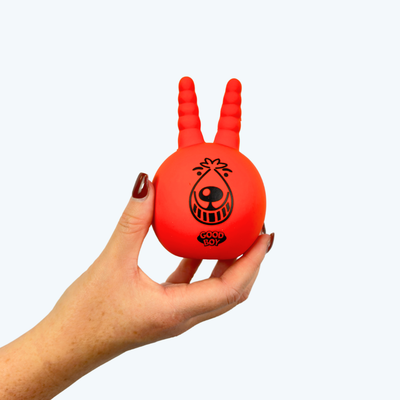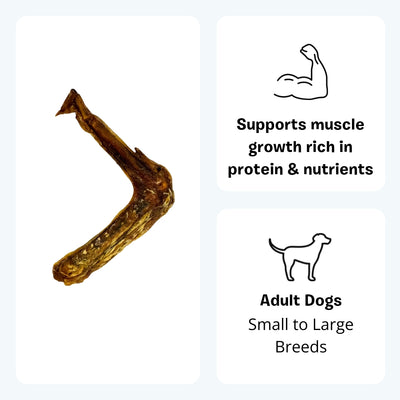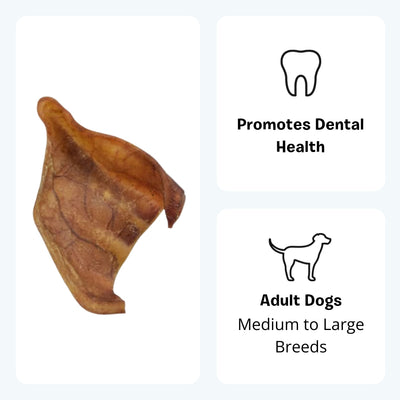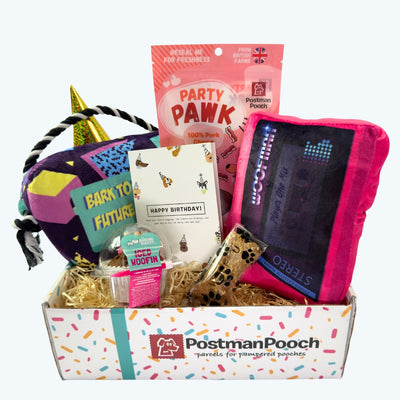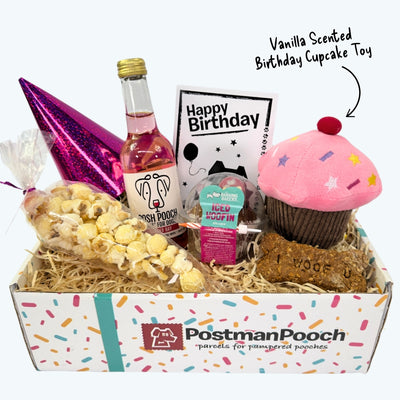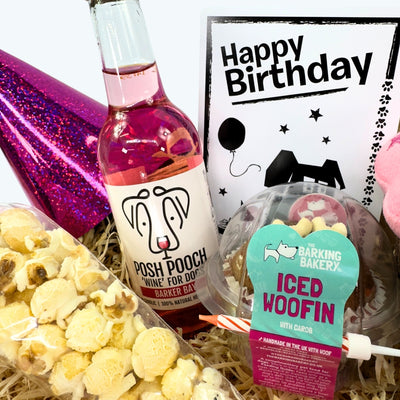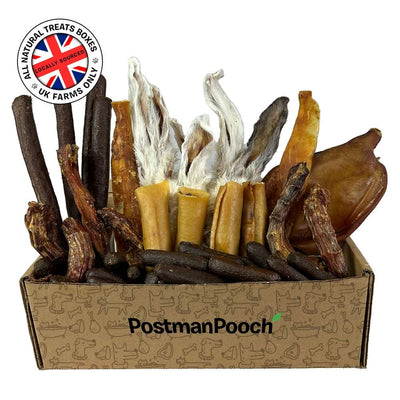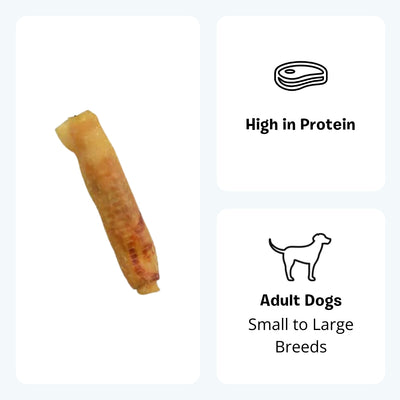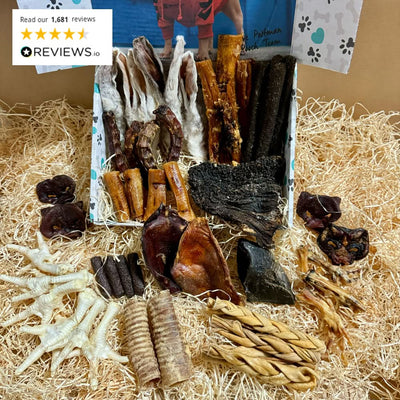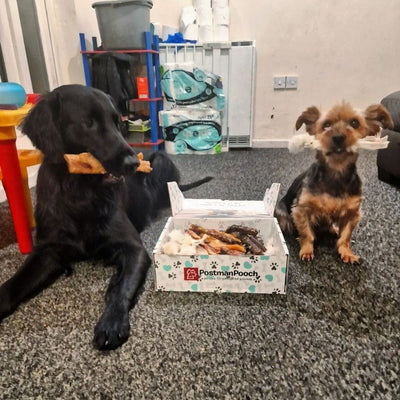Whilst we are all looking forward to the falling leaves and long autumn walks this season, many dog owners are unaware of the hidden hazards that threaten to harm our furry friends. Leaves, conkers, seasonal plants and human litter are some of the top hazards that could send your dog on an unwanted, and often expensive, trip to the vets.
Autumn plants, such as poinsettia, chrysanthemums and crocus flowers, (all pictured bellow) are poisonous for dogs. If consumed these can cause severe stomach upset, seizures and, in some cases, fatalities.
Piles of fallen leaves are also amongst the hazards for pet owners to be mindful of this season. They may not only contain mould and bacteria, but also hide things such as gum, food in leftover packaging or sharp objects that could potentially spell trouble.
Acorns and conkers are something to watch out for as they are poisonous for dogs and could cause obstruction and choking if swallowed. Dogs could also easily mistake conkers for a toy in the grass because of their bright, spiky exterior.
Veterinarian, Dr Joanna Woodnutt, reveals the common hidden hazards to dogs to be aware of this autumn and winter and what pet owners should do if their dogs consume anything they shouldn’t:
What plants are hazardous to dogs in the autumn and winter?
“The most dangerous plant to look out for at this time of year is the Autumn Crocus (colchicum). This pretty flower, appearing in autumn, looks just like a spring crocus, except it tends not to show its leaves. When eaten, it’s extremely toxic, causing stomach upset, liver and kidney failure, seizures, and sometimes death. Other dangerous plants include poinsettias (often used as indoor winter decorations) and chrysanthemums. You should also be aware that summer plants are still dangerous to dogs in winter – although they’re less likely to chew on branches, be aware of dropped leaves.”
Are leaves hazardous for dogs?
“Leaves can be dangerous for three reasons. Firstly, they could be from a toxic plant, so eating them could cause problems. Secondly, the leaves grow mould and bacteria as they start to rot. For dogs, consuming the mould and bacteria that rotten leaves may contain can be poisonous, potentially causing stomach upset or worse. Thirdly, leaves can hide other dangers such as broken glass, dropped human food, or road damage. All of which could put your pet in danger.”
How can dog owners prevent dogs from eating leaves?
“It’s fine to let your dog play with fallen leaves, but if they appear to be making a meal out of them, it’s safest to stop them. Put them on a lead or, if they’re difficult to avoid, use a muzzle on a walk to prevent your dog from eating the leaves.”
Why are conkers dangerous for dogs?
“Conkers are extremely dangerous to dogs for two reasons. Firstly, they are particularly hard and non-digestible. The chances are very high that a swallowed conker would cause a gut obstruction, requiring emergency surgery to treat. Even if your dog chews the conker, they still aren’t safe – conkers are poisonous and cause gut pain, drooling, and vomiting.”
What should pet owners do if their dog eats anything that they shouldn’t, while out on a walk? (e.g. rubbish, chewing gum, or leftover food)
“If your pet eats something it shouldn’t have, the best option is to call your vet immediately. Try to work out what was eaten and how much, and don’t forget to give them your dog’s weight and size. Your vet can then recommend a course of action based on your dog’s risk. The sooner you call, the better – in many cases, making your dog vomit up the offending item is the safest option, but this is time-sensitive and isn’t always an option, especially if not immediately recognised and a couple of hours have passed. Your vet may advise you to monitor your dog at home and will give you some signs to watch for. The good thing is, by making your vet aware, if there are problems further down the line, they’re already prepared”.
What precautions can owners put in place to ensure their dog doesn’t come into harm while out in the garden or at their local park this season?
“Try to scout your walk as you go. Look for potential dangers such as conker trees, piles of fallen leaves, and oaks (acorns are poisonous too!). You can use a muzzle on a walk to prevent your dog from eating things they shouldn’t. In the garden, be aware of what plants are there. Anything mildly toxic can be cordoned off if your dog develops an interest, but more toxic things (like autumn crocuses) may simply need removing to reduce the risk.”
These are some of the more common hidden hazards dogs can encounter during the winter and autumn months.
For more furry facts and dog tips and tricks check out some more of our blogs.

